Description of sewing accessories
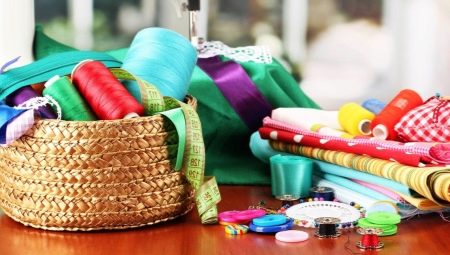
When organizing a small sewing workshop at home, you need to buy all the necessary tools, materials, and also suitable accessories in advance. It is very important at this stage not to spare time and money for the purchase of these necessary little things.
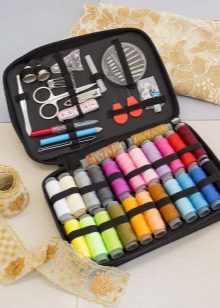
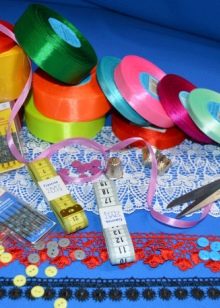
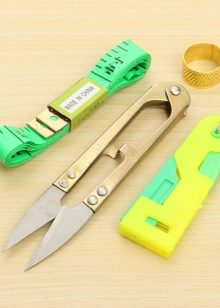
Basic sewing accessories
First of all, you need to decide on a list of things, without which it will be very difficult for a novice dressmaker to do.
Sewing machine
The first step is to find a good sewing machine. Beginners shouldn't buy expensive models. At this stage, it is important that the machine is reliable and of high quality. She should do a straight stitch and a neat zigzag. The reverse stitching function will also be useful for beginners. Using it, the craftswoman can fix the thread at the beginning and end of the work without any problems.
It is also important that the machine is suitable for operations not only with thin knitwear, but also with denser fabrics, such as leather or jeans.

Iron
People who are fond of sewing will also need a high-quality iron.
It is advisable to buy models with a steaming function.
You can also use a steam station instead of a regular iron. However, it is worth buying it only for people who sew a lot and often work with very dense materials. Otherwise, you can get by with an ordinary high-quality iron.


Scissors
The sewing kit should include two pairs of scissors. Some will be used for cutting paper, others for fabric. The tools can only be used for their intended purpose. Otherwise, the blades will quickly become dull and difficult to work with.
Tailor's scissors are used to cut the fabric.... They cut the fabric easily without damaging the edges. Some craftswomen also buy a set of pieces with special notches on the edges of the blades. If you use them to finish the edges, the threads will not fall off.

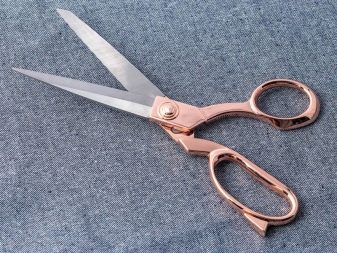
Tape measure
When sewing various outfits, a long and flexible tape is used to take measurements. It must be double-sided. This is the most convenient tape to use.
To outline straight lines on the surface of the fabric, use ordinary centimeter rulers. It is best to have two pieces of different sizes in the set. It is advisable to choose transparent varieties for work.
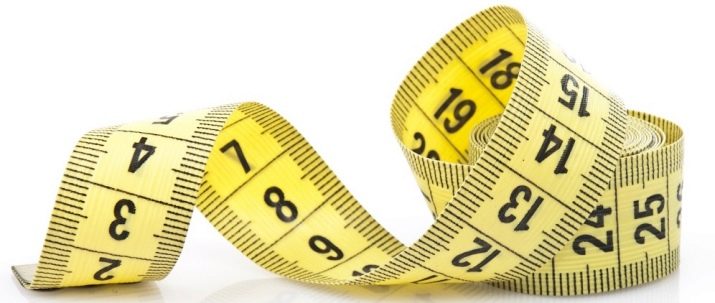
Needles
For manual work, ordinary sewing needles are used. The beginning seamstress needs to buy two basic needles. One should be more subtle. It is used to work with airy fabrics. A thicker needle is useful for tough fabrics. However, it is much more profitable to buy a large set, which contains needles of various shapes and sizes. In this case, everything you need will always be at hand.
It is also worth buying a small needle bar to store your sewing needles. Magnetic models or pincushion bracelets are especially popular now.
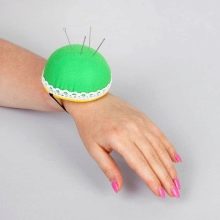
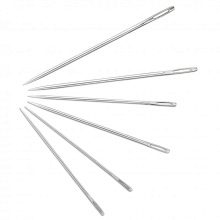
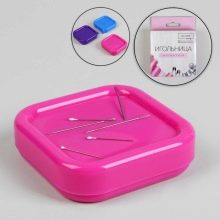
Thread
When choosing threads, first of all, you need to pay attention to their quality. They must be durable. In this case, the threads will not be torn or tangled. In a set, it is worth having several different variants of threads at once, because in the process of sewing they are selected for the type of fabric. For working with cotton, colored cotton threads are used, wool and silk are sewn in light and smooth silk varieties, synthetics are sewn with polyester.
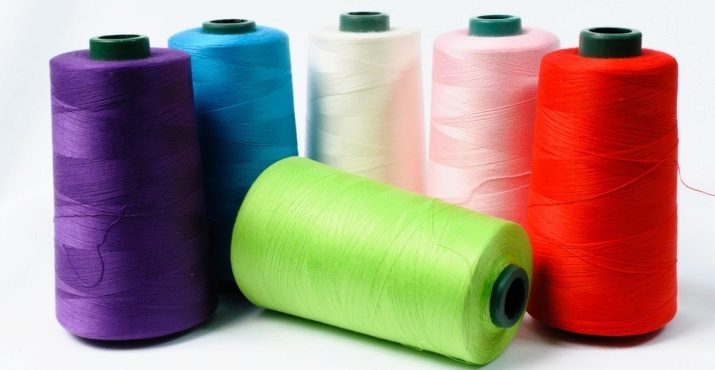
Additional accessories
To facilitate the work of a novice seamstress, auxiliary tools will help. This list includes the following items.
- Overlock... This tool is used to trim and overcast edges. Novice needlewomen usually do it by hand. But, using an overlock, you can significantly save your time, as well as make the finished work more beautiful and neat.
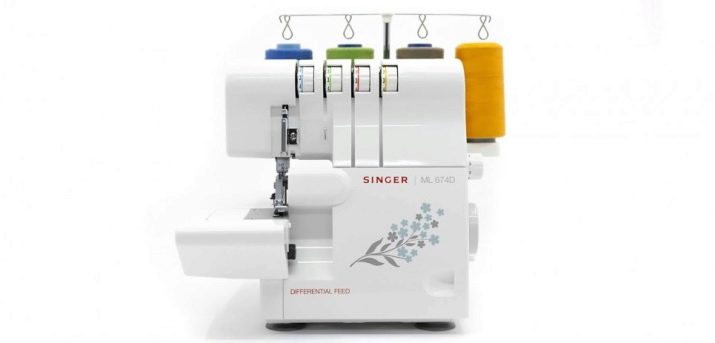
- Embroidery machine... To decorate finished works, embroidery is very often used. At the same time, decorating products by hand is very difficult. Moreover, this process takes quite a long time. The embroidery machine allows you to cope with this task much faster. It should be remembered that such devices are very expensive. Therefore, it makes sense to buy them only for people who sew a lot to order.
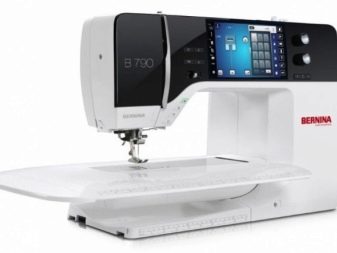
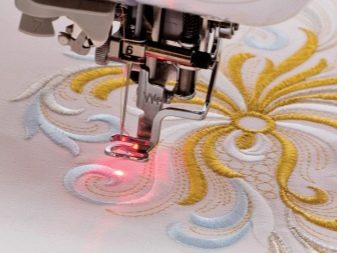
- Cutting table. If the house has a special corner or a whole room for working with fabrics, a large cutting table can also be placed there. If this is not possible, it is worth purchasing at least a special small rug. It will reliably protect the desktop surface. In addition, the fabric on it will slip less during the cutting process. It can even be used for patchwork. When folded, such a rug takes up very little space. Therefore, it is very convenient to store it.
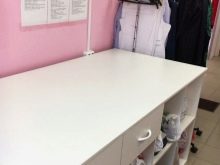
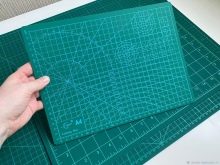
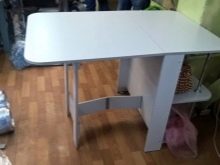
- Tailor's mannequin... Experienced seamstresses should also purchase a high-quality mannequin with special markings. You can buy both a standard sample and a custom-made sample. The price for the second will be slightly higher.
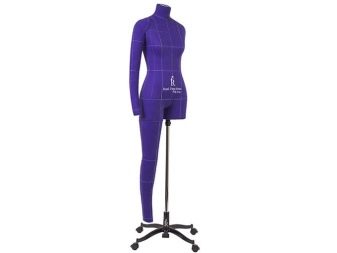
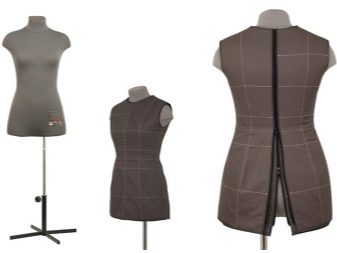
During sewing, a person often has to iron various folds. For this, not only an iron is useful, but also additional tools.
- Small ironing board... If your home has enough free space, a large ironing board should be installed. It is usually placed next to a cutting table and a sewing machine. If space is tight, a compact desktop model is best. It folds easily and does not interfere with work.
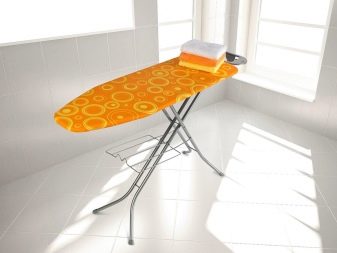
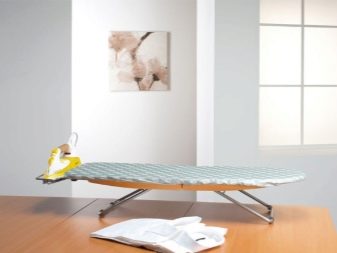
- Ironing pillows. Various shapes of fabric pillows are used to iron individual parts or parts of clothing. Small oval pillows are considered the most comfortable. On the one hand, they are covered with a dense woolen fabric, on the other - in smooth cotton.Elongated products are used to iron the sleeves. Such pillows can not only be bought, but also sewn with your own hands from unnecessary leftovers of textiles.
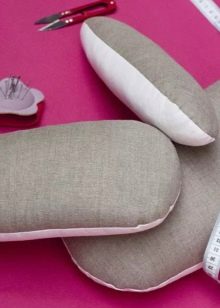
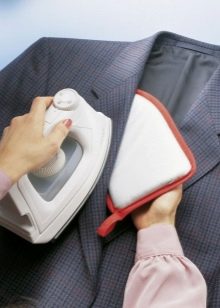
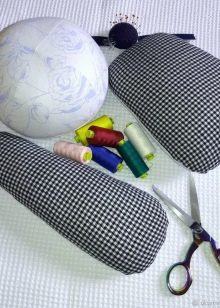
- Ironer... This is the name of a special dense fabric. It protects the material from hot steam. Many seamstresses like simple sheer ironing pads. Through it you can see the processed parts of things.
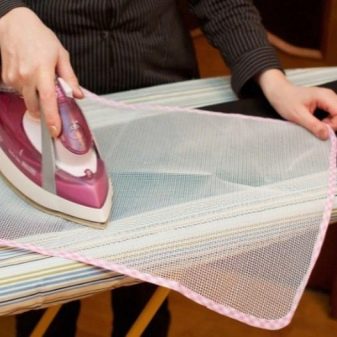
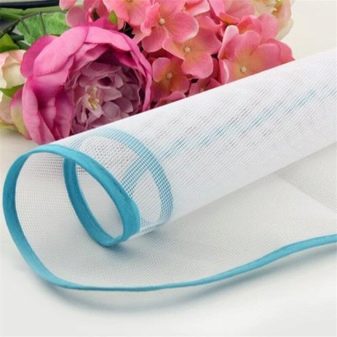
It is also worth having on hand everything you need to create patterns and various blanks.
- Chalk and markers... Some craftswomen, working with fabric, outline lines on it with remnants. But soap can leave greasy stains on it. In addition, it is not very convenient to work with. Therefore, it should be replaced with tailor's chalk. Water-soluble markers will also come in handy. They are easily washed off when needed. White markers are used for working with dark fabrics. And vice versa.
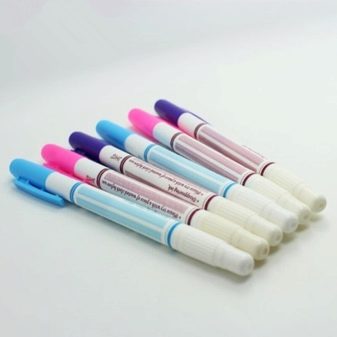
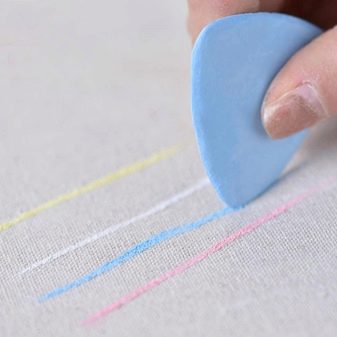
- Hinge ripper. This tool is used to remove unsuccessful seams. Using a ripper, you can gently separate one part of a garment from another without damaging the fabric.
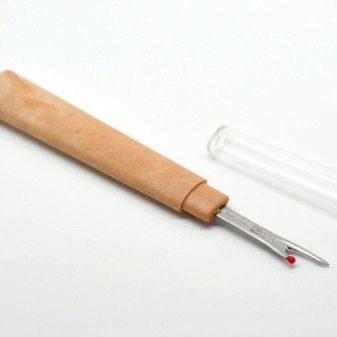
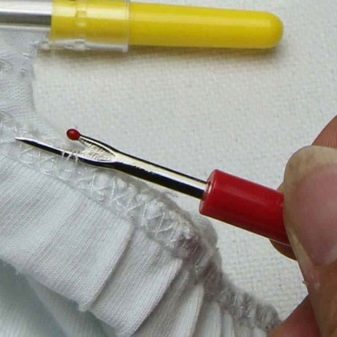
- Safety pins... They are needed to fix the fabric, as well as to mark it. It is best to buy large sets of pins right away, because they are very often lost and broken. Lightweight adhesive tape can also be used instead. It perfectly holds individual pieces of fabric together without damaging it.
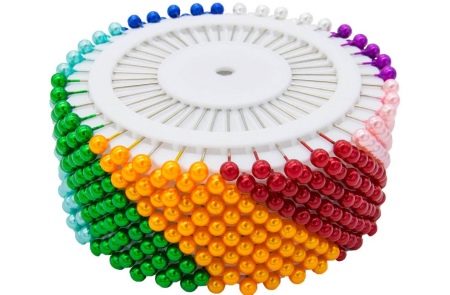
- Tracing paper... To transfer various patterns to fabric, tracing paper is usually used.
It is best to buy material in rolls.
The tracing paper should be thin. Working with it, it is very easy to transfer templates to fabric.
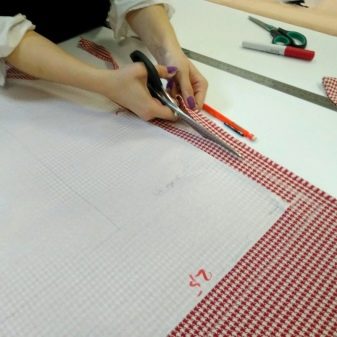
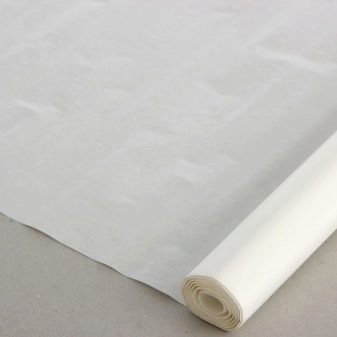
High-quality sewing accessories are also used for sewing clothes and other things.
- Zippers and sliders. The length of the zippers can be different, as well as their color. In a set, it is worth having several products at once. In this case, it will be very easy to find something suitable at the right time. It is also worth having a few spare runners on hand. In this case, if one "dog" fails, it will be easy to replace.
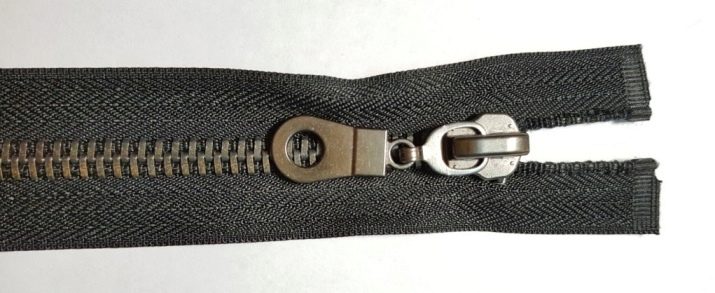
- Buttons... There are buttons on sale in a variety of shapes, sizes and colors. They are used not only for fastening clothes, but also for decorating them. Instead of buttons, you can also use buttons and hooks of different shapes and sizes.
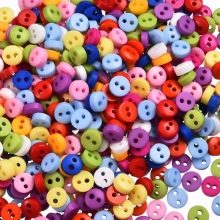
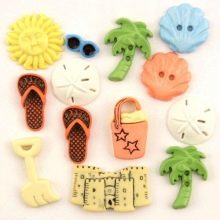
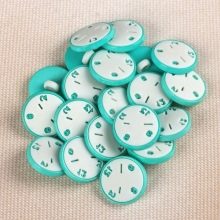
- Lingerie accessories. For sewing bras and swimwear, straps, clasps, underwires and cups are used. Using them, at home, you can create very high-quality and feminine things with your own hands.
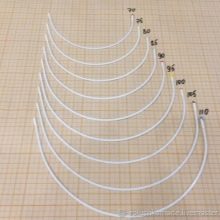
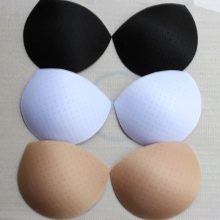
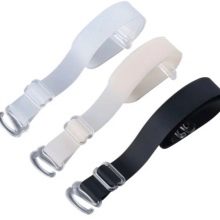
- Rubber bands... Most often they are used when sewing linen. Wide pieces are also needed to create beautiful dresses, blouses and bodices. In a set, you should have several types of elastic bands at once.
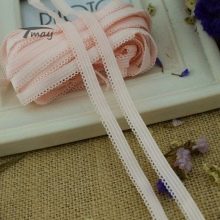
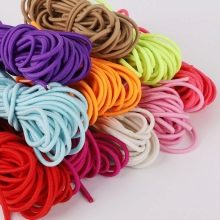
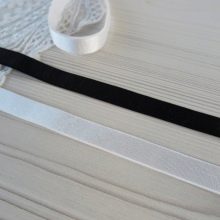
All selected fittings must be durable and reliable. Therefore, it is worth buying it only from trusted manufacturers.
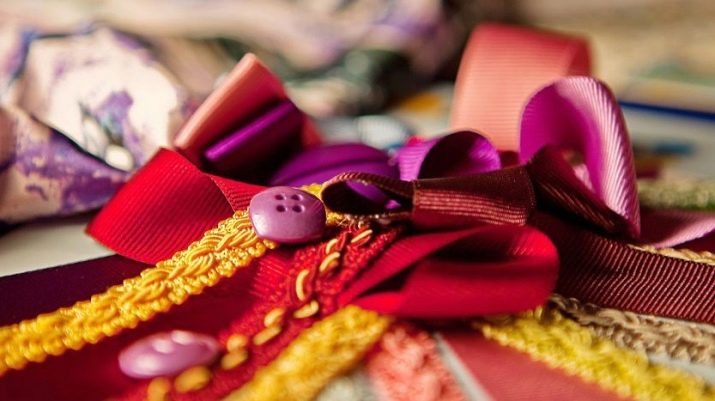
Accessories
When equipping your corner for creativity, it is important to purchase the necessary accessories.
- Container... It is not very convenient to store all the little things necessary for sewing in a regular box or drawer. Therefore, when equipping a workshop, it is worth buying a good organizer for yourself. It is quite easy to choose the right model. To store things in a cabinet, you need to use a container with a large number of different compartments. A wall organizer should be placed next to your desk.
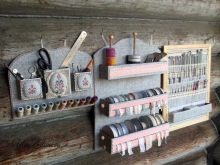
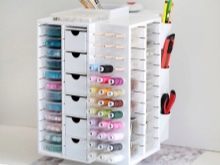
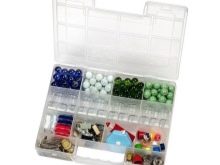
- Cloth clips. Such neat clothespins can be used not only for fastening individual parts, but also for hanging ready-made patterns.

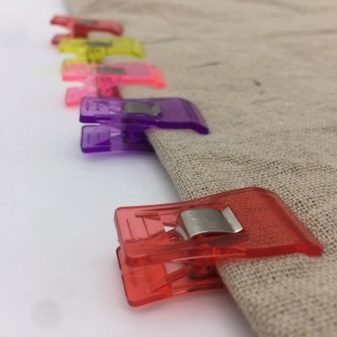
- Hangers... They are used to store finished items. Craftswomen who sew to order should buy a separate rack for them.
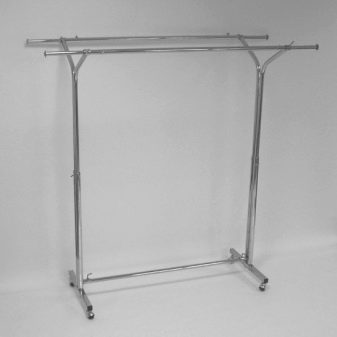
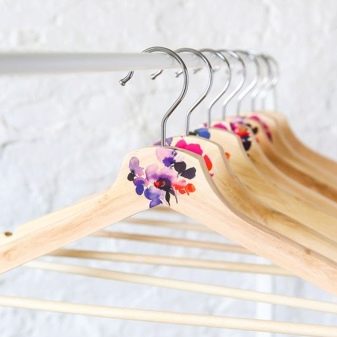
All these things should be not only functional, but also attractive in appearance.
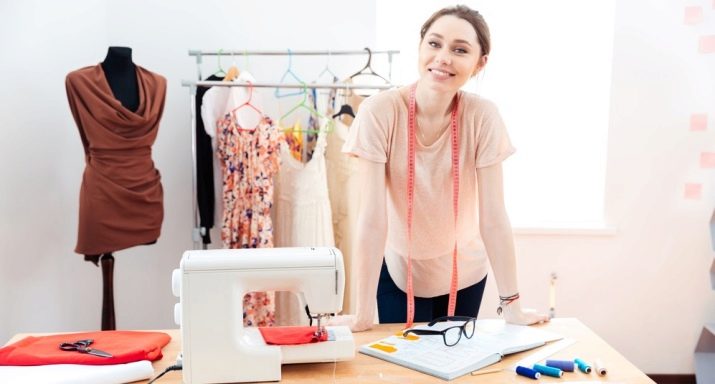
Overview of required materials
The sewing kit should also include high-quality multi-colored fabrics, as well as various decorative trifles.
Sewing fabrics
Such materials for needlework differ in the level of density and rigidity, as well as in the height of the pile. According to their composition, they are divided into several main categories.
- Natural... These fabrics are made up of naturally occurring fibers. They are lightweight and breathable. The most popular natural fabrics are cotton and linen. The main disadvantage of such materials is their increased crease. These materials should always be ironed before use.
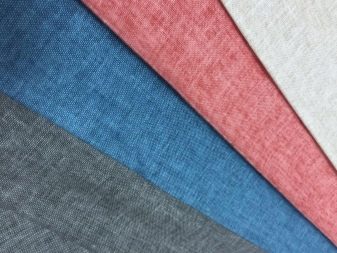
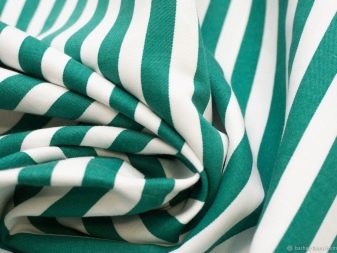
- Artificial... These materials are also of natural origin. But the fibers are chemically treated during the fabrication process. Thanks to this, the material becomes stronger, more durable and pleasant to the touch. One of the prime examples of man-made fabric is cellulose.
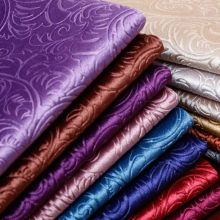
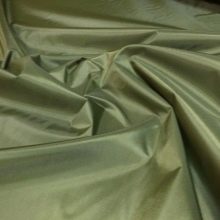
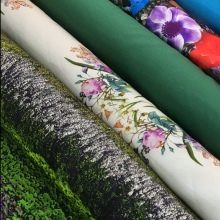
- Synthetic... These fabrics are made from various types of plastics. They are distinguished by their bright color. The most popular synthetic fabrics are nylon and polyester.
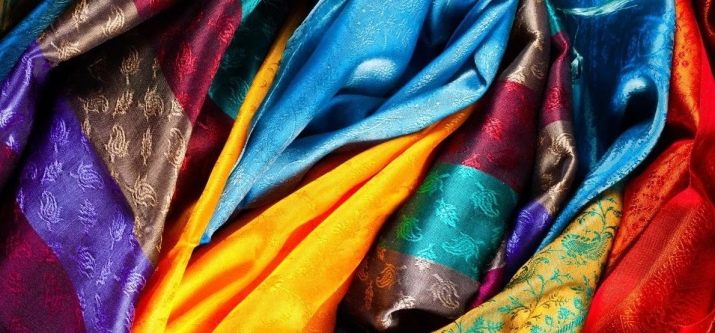
A beginner should buy inexpensive fabrics that are easy to work with. It can be cotton, chintz or satin.
But too thin or dense materials are not worth buying. The same can be said about expensive materials that can be spoiled with one careless movement.
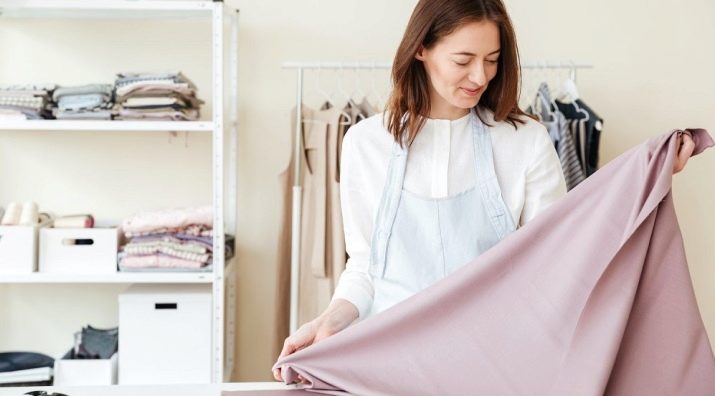
Finishing materials
To decorate the finished work, seamstresses use the finishing materials listed below.
- Straps... They are used for sewing slip-ons, swimwear and delicate lingerie. Neat hooks detail each finished strap. Therefore, attaching it to the desired product is quite simple.
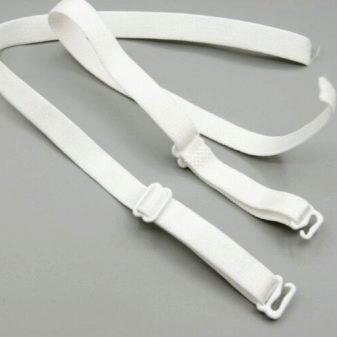

- Ribbons... Colored ribbons made of lace, jacquard, velvet and other popular materials can be used to decorate outfits. There are products in a variety of colors on sale. Therefore, it will be very easy to find something suitable for yourself.
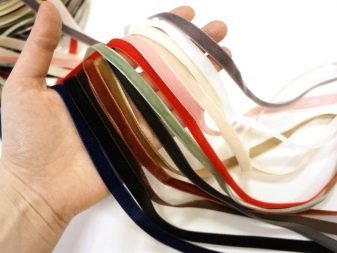
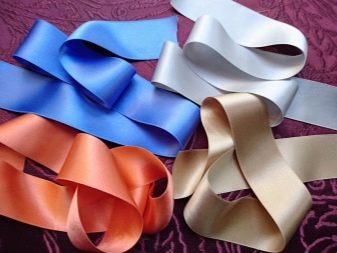
- Applications... Small multi-colored images are made up of one or more elements. They can be used to decorate new outfits or restore old clothes. There are appliques on sale that are simply glued to the fabric or sewn to it.
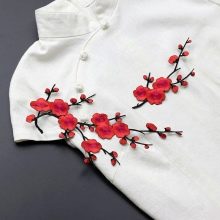

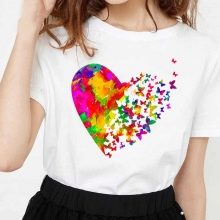
- Lace... The elegant material is used for finishing not only underwear and evening dresses. Even formal or everyday things are now decorated with lace. This helps to make them look more feminine and effective.
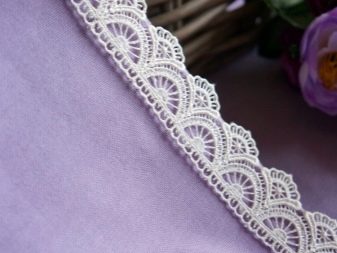
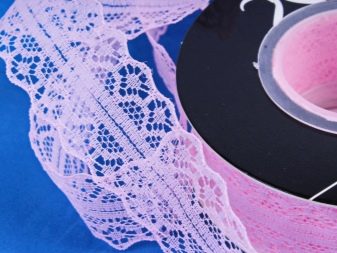
- Beads, beads, sequins... These details are used to decorate outfits. They can be sewn to any part of the fabric.

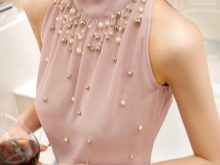
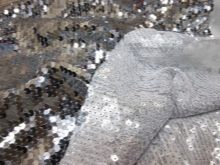
- Artificial flowers... Small decorative details look great on evening dresses. In addition, they are often used to decorate accessories.
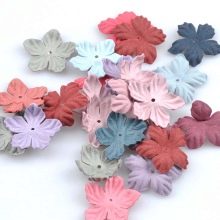
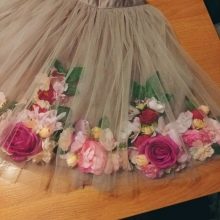
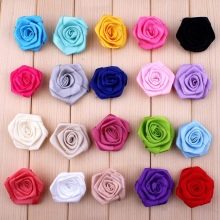
Having purchased all the necessary items and accessories for work, you will not have to worry that something important will not be at hand at the right time.
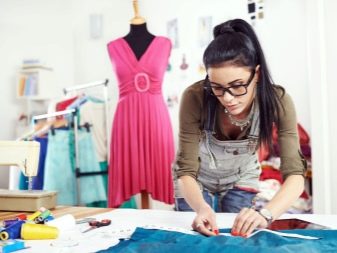
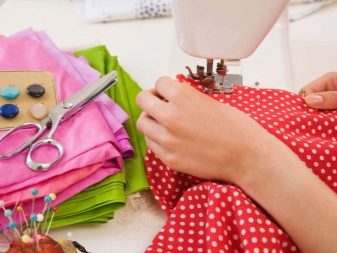
You will learn about the features of arranging a sewing corner by watching the following video.








